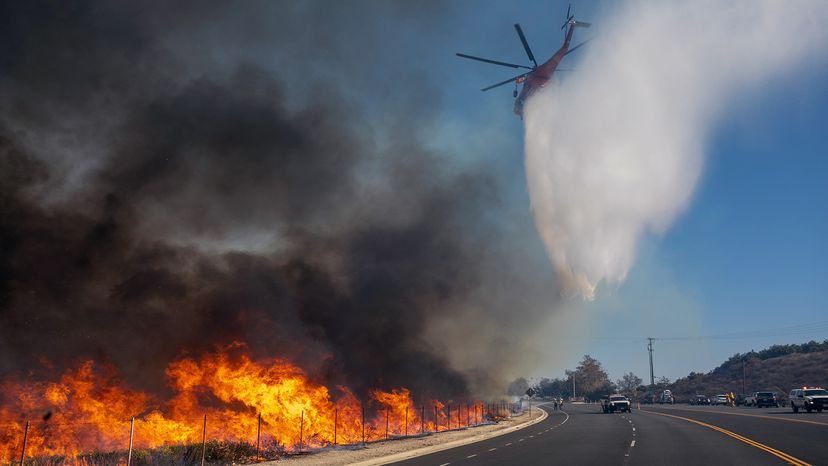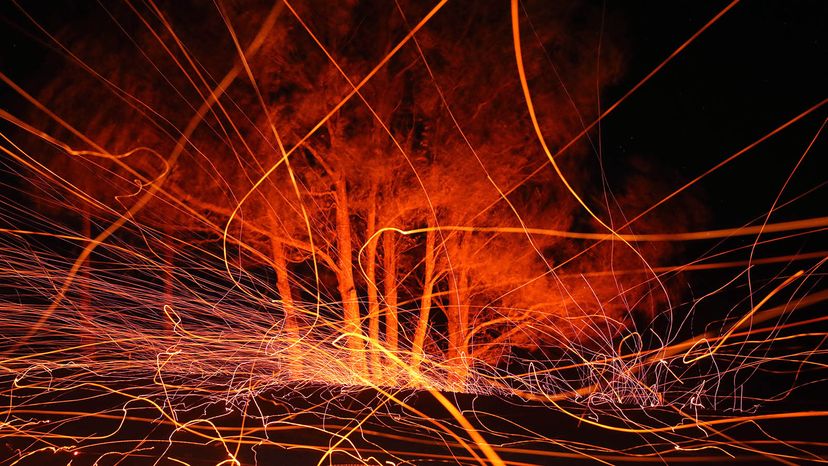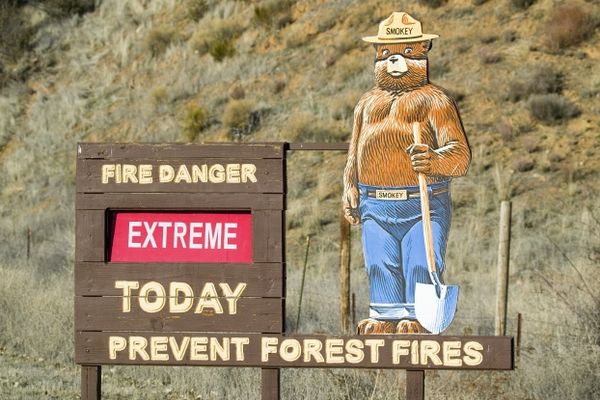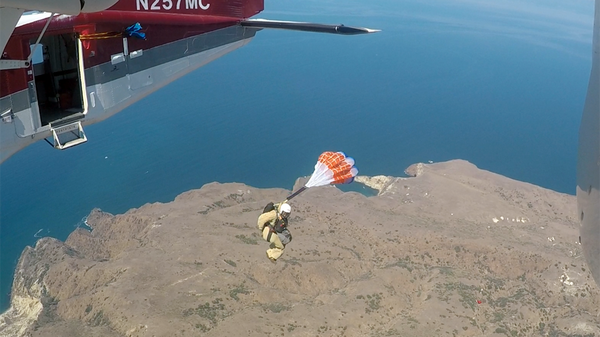As a weather phenomenon that is unique to Southern California, Santa Anas have long been associated with a certain feel. Novelist Raymond Chandler, a master of the detective story ("The Big Sleep," "Farewell My Lovely") and a longtime Southern California resident (he's buried in San Diego), described a windy Santa Ana night in his 1938 short story, "Red Wind":
On nights like that every booze party ends in a fight. Meek little wives feel the edge of the carving knife and study their husbands' necks. Anything can happen. You can even get a full glass of beer at a cocktail lounge.
Santa Anas can sweep out impurities in the air, provide welcome warmth and offer bright blue skies and stunning sunsets in the winter. The Beach Boys took this more upbeat look at the winds in their song "Santa Ana Winds:" Fill my sails/Oh desert wind/And hold the waves high for me/Then I will come/And test my skill/Where the Santa Ana winds blow free.
Still, to a large segment of residents in the area, the Santa Anas have an ominous feel to them. The Los Angeles-based punk band Bad Religion fell more into that Chandlerian view. The band's 2004 song, Los Angeles is Burning, puts it pretty succinctly:
When the hills of Los Angeles are burning
Palm trees are candles in the murder wind
So many lives are on the breeze
Even the stars are ill at ease
And Los Angeles is burning
Essayist Joan Didion is frequently cited when it comes to Santa Ana popular culture references. In her essay "The Santa Ana," published as part of "Los Angeles Notebook" in "Slouching Towards Bethlehem," Didion writes:
I have neither heard nor read that a Santa Ana is due, but I know it, and almost everyone I have seen today knows it too. We know it because we feel it. The baby frets. The maid sulks. I rekindle a waning argument with the telephone company, then cut my losses and lie down, given over to whatever it is in the air. To live with the Santa Ana is to accept, consciously or unconsciously, a deeply mechanistic view of human behavior.
Whatever lies in store for the Santa Anas and all they wreak is still a matter for the future. But for now, the warm, dry winds continue to blow. The citizens of Southern California can feel it.



